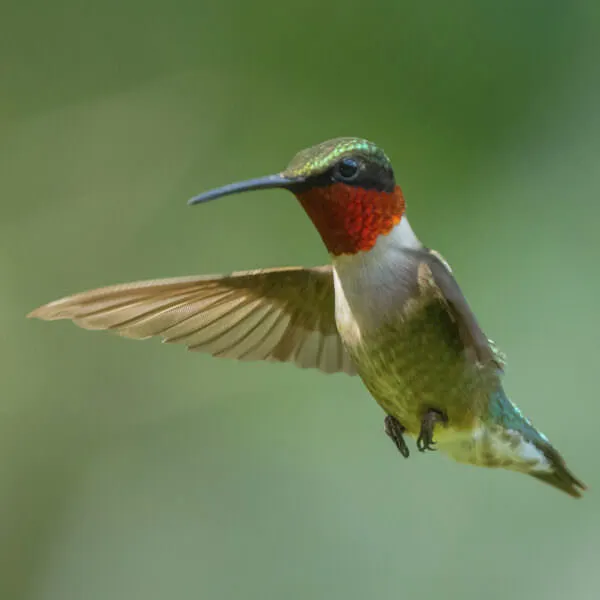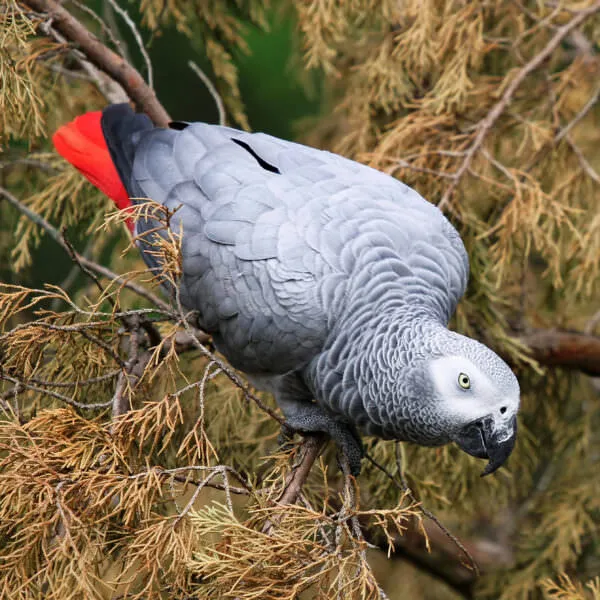Anatomy
The cerulean warbler is a small migratory songbird, measuring approximately 4.3 inches (11cm) in length and 7.9-inch (20 cm) in wingspan. Easily identifiable by its bright blue color, the cerulean warbler has two broad white wing bars, and a solidly colored back (sky blue on males, blue-green on females) with stripes of the same color down the sides of its white chest.
Most often found in the upper canopies of mature deciduous forests, this insectivore forages and nests higher in the canopy than many other warbler species. Though the cerulean warbler was once the most commonly found warbler in the Appalachian Mountains of the United States, its population has drastically decreased due to severe loss of both its breeding and winter habitat.
We're All In
Together, we're building a future where people and nature thrive. Sign up today and join our movement...
Habitat
Cerulean warblers spend their breeding season throughout the Midwestern and southeastern regions of the United States, and in Quebec and Ontario in Canada. Approximately 80 percent of the cerulean warbler population breeds in the Appalachian Mountains of the United States. Beginning in August, they begin to migrate south through the Bahamas, Cuba, Jamaica, the Caribbean slope of Mexico, Belize, Guatemala, Honduras, Costa Rica, and Panama, to overwinter in the Andean forests in Colombia and Venezuela, down to eastern Ecuador and southeastern Peru. Shade coffee plantations in Colombia are known to be an important wintering habitat, supporting densities of cerulean warblers three to 14 times higher than those of neighboring primary forest.
Diet
Cerulean warblers primarily eat insects; they have been observed eating caterpillars. They forage high in trees, moving rapidly from limb to limb in search of insects.
Threats
Conversion of forest habitat for agricultural or urban use continues to threaten the cerulean warbler population on both its breeding and wintering grounds. Mountaintop mining constitutes a known but as yet uncontrolled threat to breeding grounds, primarily in West Virginia, Virginia, Tennessee, and Kentucky. Wintering habitat is threatened by conversion to unsustainable agricultural uses such as cattle ranching and subsistence crops. Conversion from shade-grown coffee farms to sun-grown coffee farms reduces habitat quality for cerulean warblers in Colombia and Venezuela.
Did You Know
Only the male cerulean warbler sings.
What We're Doing
On Rainforest Alliance Certified farms, coffee grows in harmony with nature: soils are healthy, waterways are protected, trash is reduced or recycled, and migratory bird habitat flourishes. Our sustainable agriculture certification standard prohibits the clearing of any forestland for agricultural expansion, and requires the conservation of on-farm natural habitat. It also includes requirements for shade cover and the number of tree species per hectare for agroforestry crops.



